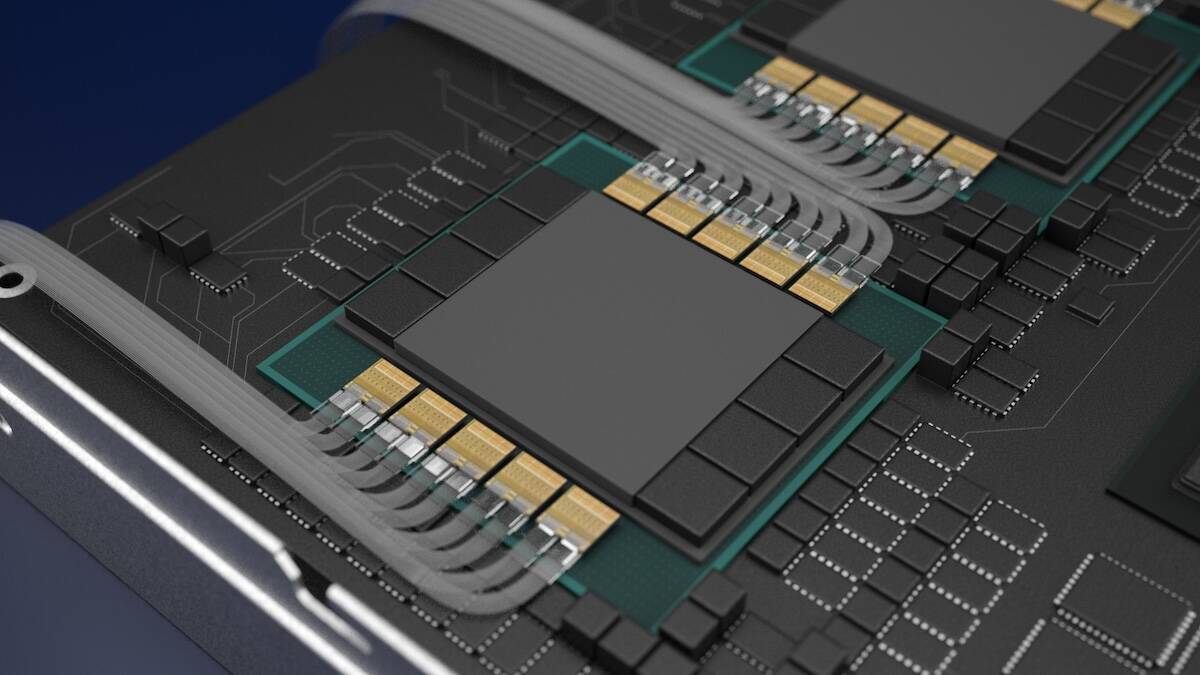
"The idea is that rather than using copper interconnects, which have limited reach and often require the use of costly retimers, Ayar's TeraPHY photonic chiplets can be co-packaged alongside compute dies, enabling more than 200 Tbps of aggregate bandwidth for chip-to-chip communications. If Ayar and GUC can deliver on this design point, that'd make XPUs based on the tech more than 10 times faster than the fastest interconnects today, which top out at 14.4 Tbps."
"You may recall that one of the reasons that Nvidia opted for copper cabling in its NVL72 rack systems was that the optical transceivers available at the time for converting electrical signals to light and back again would have added another 20 kilowatts to a system already rated for 120kW of capacity. These high-speed interconnects allow the system's 18 compute blades to function as one big GPU."
"This kind of optical I/O could eventually allow compute domains to scale beyond one rack to many, or even across entire aisles or data halls, without compromising on power consumption. "We want to be able to scale up to 10,000 GPU dies connected in a scale-up domain, while keeping the rack power and power density to around 100kW," Ayar CTO Vladimir Stojanovic told El Reg."
Ayar Labs partnered with Global Unichip Corp to integrate TeraPHY photonic chiplets into XPU reference designs, enabling co-packaged optical I/O alongside compute dies. The photonic chiplets promise more than 200 Tbps of aggregate chip-to-chip bandwidth, potentially delivering XPU interconnect speeds over ten times faster than current interconnect tops of 14.4 Tbps. Optical I/O can allow compute domains to scale beyond single racks across aisles or data halls while maintaining manageable power consumption. Ayar targets scaling to 10,000 GPU dies with rack power and power density around 100 kW, addressing copper interconnect reach and retimer limits.
Read at Theregister
Unable to calculate read time
Collection
[
|
...
]